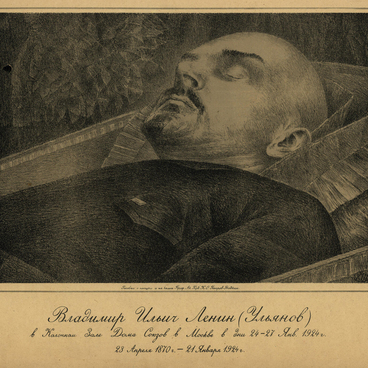The collection of the Irbit State Museum of Fine Arts presents a color woodcut “Kryukov Canal” by Anna Ostroumova-Lebedeva from the 1910 series of illustrations for Vladimir Kurbatov’s book “Petersburg”.
Every great city deserves a genius who is willing to glorify it. St. Petersburg is quite lucky in this regard: it was admired by poets, writers, and composers. There is St. Petersburg of Pushkin and Dostoevsky, Petrograd of Blok and Zoshchenko, and Leningrad of Akhmatova, Brodsky, and Dovlatov. St. Petersburg became the main city for Tchaikovsky, and Leningrad — for Shostakovich. But there was one artist in particular who depicted all three — St. Petersburg, Petrograd, and Leningrad — in the most accurate and exquisite manner, and that was Anna Petrovna Ostroumova-Lebedeva.
Anna Ostroumova-Lebedeva was born into a prominent family in St. Petersburg on May 17, 1871. Her father, Pyotr Ivanovich Ostroumov, was the deputy Chief Procurator of the Holy Synod, and later senator and Privy Councilor. One day, a terrible fire broke out at the cottage where the family was spending the summer. Five-year-old Anna was dramatically affected by this incident, and one of the ways that helped the girl cope with the stress was drawing. Notably, she was drawing in complete darkness. This habit remained with her for the rest of her life: even during the blockade, right during the raids, Anna was drawing the outlines of her beloved city in a dark bathroom. She combined her studies at the Liteynaya Women’s Gymnasium with evening classes at the Baron Stieglitz school and would eventually make a choice that was not quite conventional for girls of her age and status — to enter the Imperial Academy of Arts.
In 1902, Ostroumova got lead poisoning from using
oil paints. Doctors strongly recommended her to forget about painting, but Anna
overcame her despair and instead focused on printmaking and watercolor. The
turn of the 20th century was a revolutionary time in art. A fresh
generation of painters, disappointed in the officially supported academicism
and critical of the Society for Travelling Art Exhibitions, came to the
forefront and brought about a new world of art. Anna Ostroumova became the only
female artist to join the newly established association. Ostroumova was favored
by Alexandre Benois, who first met her copying Rembrandt in the Hermitage and
was amazed by the audacity of his future student. He also introduced her to the
art of engraving, which ultimately made her not only the best artist in this
field but also a famous collector.


